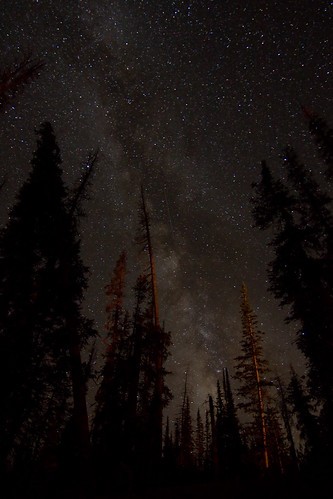docphysics
TPF Noob!
- Joined
- Aug 10, 2009
- Messages
- 66
- Reaction score
- 0
- Location
- New York
- Can others edit my Photos
- Photos OK to edit
I had fun playing with the nice long exposure times of the D90. I captured some planes in the night sky last night.




Follow along with the video below to see how to install our site as a web app on your home screen.

Note: This feature currently requires accessing the site using the built-in Safari browser.


OK, cool. I'll bring the ISO down tonight, and shoot some more. Thanks!

As a side note, in general, when is it a good time to raise the ISO?
